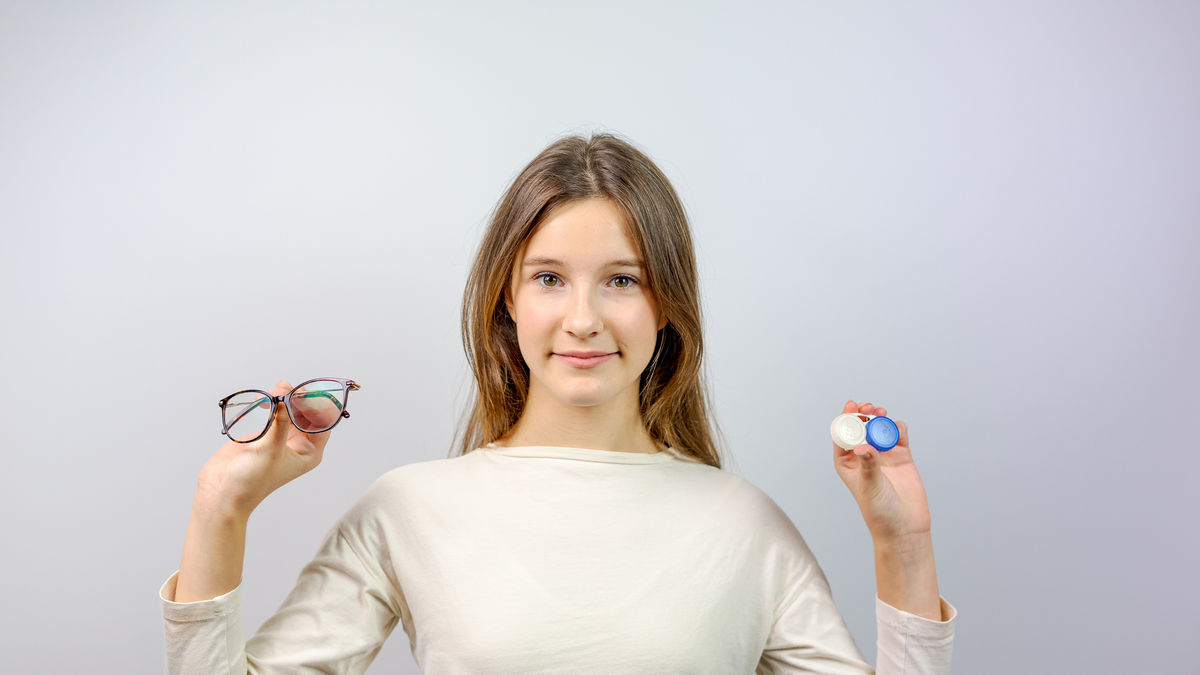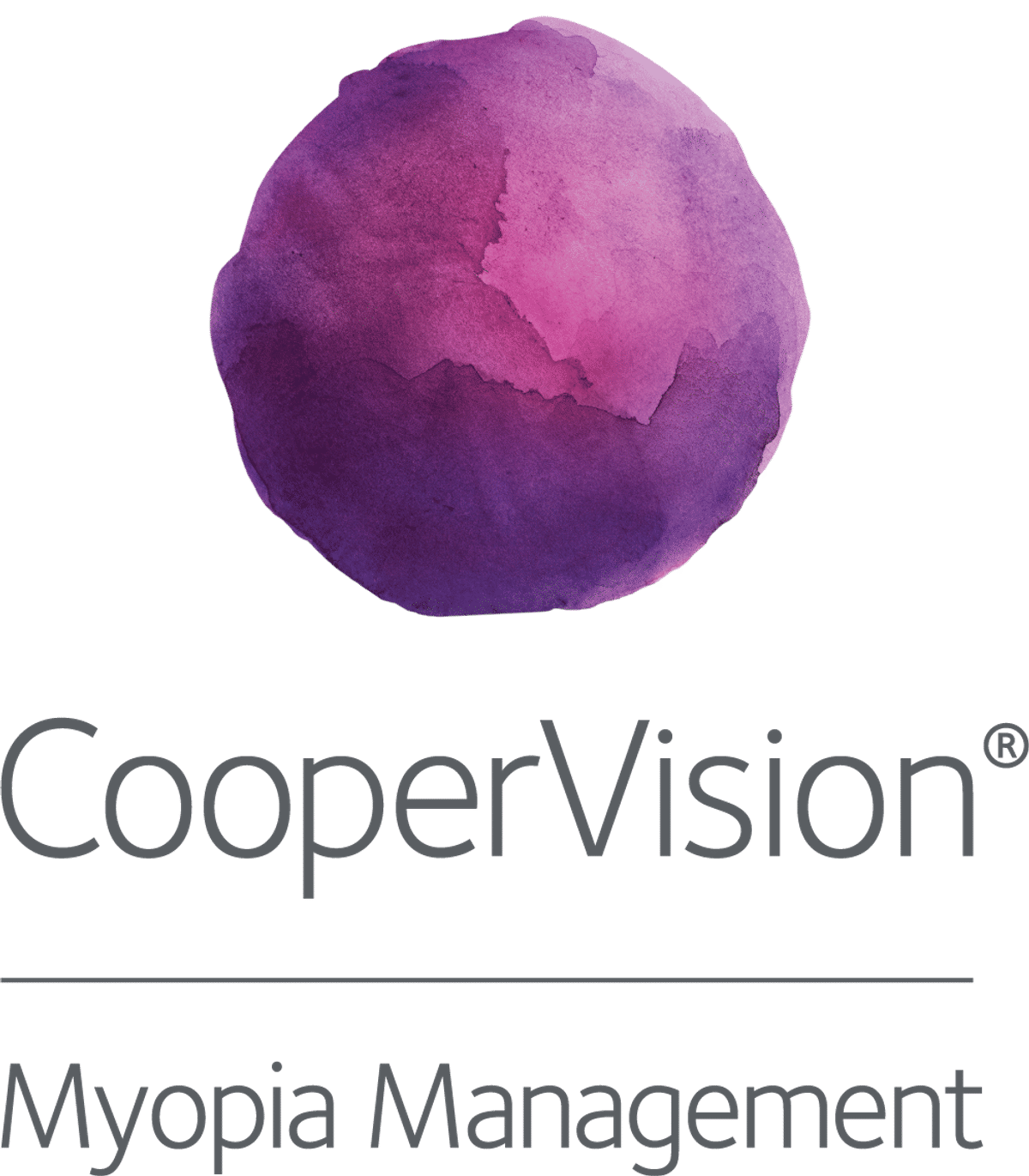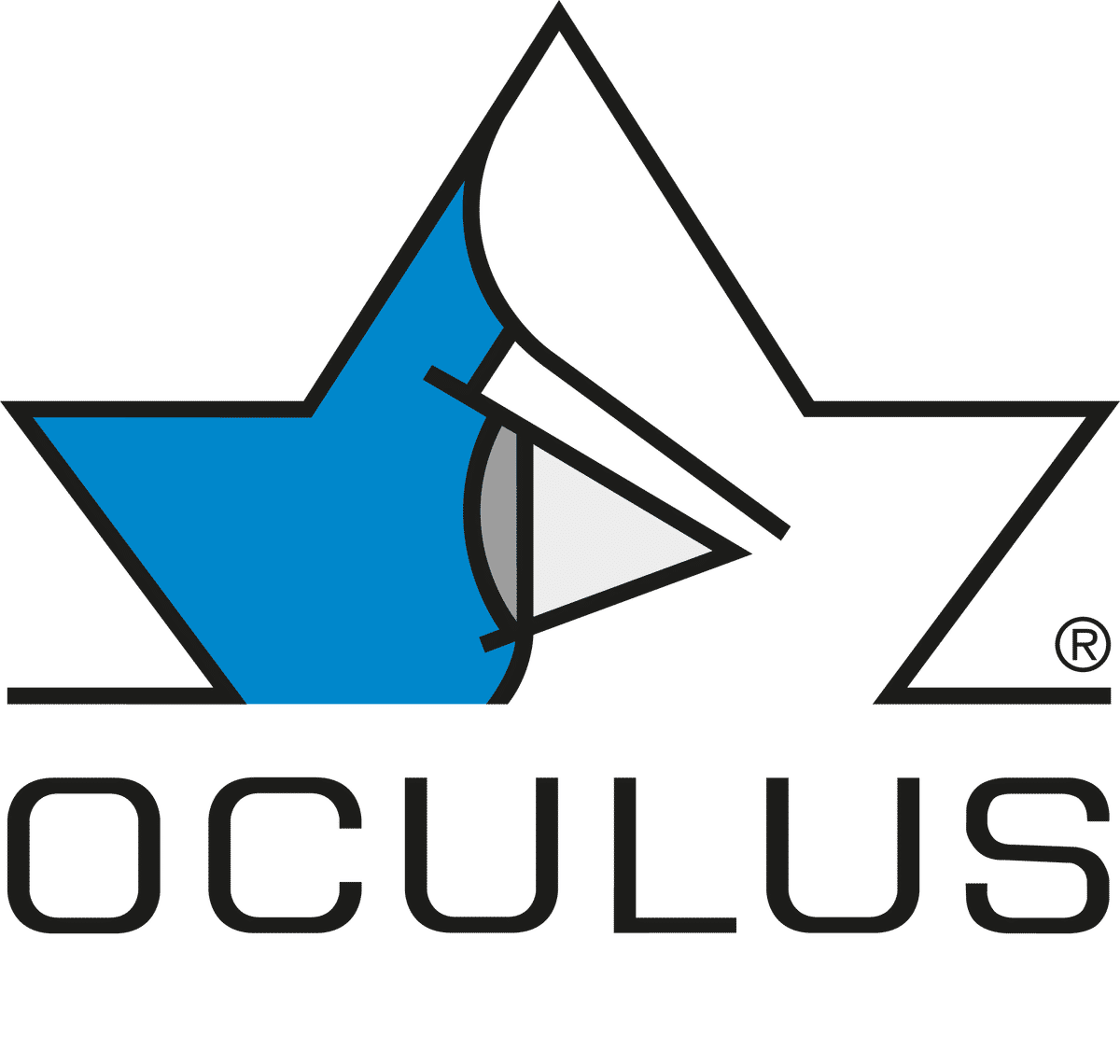Science
Combining orthokeratology and spectacles for kids and teens with high myopia

In this article:
This study found that combining overnight orthokeratology with daytime spectacle correction for residual refractive error effectively slowed axial length growth in adolescents with moderate to high myopia, while maintaining good visual quality and ensuring peripheral myopic defocus for potential myopia control.
Paper Title: Orthokeratology Combined with Spectacles in Moderate to High Myopia Adolescents
Authors: Wang F (1), Wu G (1), Xu X (2), Wu H (1), Peng Y (1), Lin Y (1), Jiang J (3)
- National Clinical Research Center for Ocular Diseases, Eye Hospital, Wenzhou Medical University, Wenzhou 325027, China
- The Second Affiliated Hospital of Zhejiang University School of Medicine, Hangzhou 310009, China
- National Clinical Research Center for Ocular Diseases, Eye Hospital, Wenzhou Medical University, Wenzhou 325027, China.
Date: Published online November 15, 2023Reference: Wang F, Wu G, Xu X, Wu H, Peng Y, Lin Y, Jiang J. Orthokeratology combined with spectacles in moderate to high myopia adolescents. Cont Lens Anterior Eye. 2024 Feb;47(1):102088.
Summary
Orthokeratology (ortho-k) is a popular choice for myopia control and is believed to slow myopia progression by inducing peripheral myopic defocus. However, patients with moderate to high myopia are often left with residual refractive error (RRE) after overnight ortho-k, which can affect daytime vision and potentially accelerate myopia progression. This is typically managed with spectacles during the day, by not correcting the residual error or by adjusting ortho-k use.
This prospective, observational study aimed to compare peripheral refractive error under different correction methods and assess axial length changes over two years to determine the best approach for clear daytime vision and myopia control.
Participants (n = 27) were children with myopia between -5 to -8.25D and aged between 10 and 17yrs (mean age 12.48yrs). They were fit with ortho-k lenses to wear overnight for at least 1mth before the relative peripheral refractive error (RPRE) was compared. The participants attended the clinic with ortho-k lenses in situ from the previous overnight wear before cycloplegic peripheral refractive error was measured under 3 conditions of either no spectacle daytime correction (unaided-eye); they wore spectacles to correct their residual refractive error (Spec-RE) or they wore ortho-k lenses during the daytime instead of overnight (Continuous OK wear). All participants then wore ortho-k at night with daytime spectacles to correct residual error for the 2yr study period, when axial length was measured again.
Key findings included:
- Relative peripheral refractive error (RPRE) was significantly more myopic in the horizontal fields of the unaided-eye (1.74D at 30° temporally, 0.93D at 20° nasally) and Spec-RE conditions (1.55D temporally, 0.67D nasally) compared to continuous ortho-k lens wear, which showed less peripheral myopic defocus and hyperopic defocus up to 20 degrees nasally
- Axial length increased by 0.05 mm in the first year and 0.17 mm over two years, which was comparable to mild myopia progression with ortho-k.
- There was no significant relationship between the starting level of myopia and how much the eye grew, suggesting that orthokeratology can be effective in slowing axial elongation regardless of the level of myopia at the time of fitting.
- A negative correlation was found between AL change and both baseline age and residual dioptre after one month of ortho-k wear, where axial elongation was seen to slow with age
- Unaided-eye visual acuity improved after one week and remained stable for the 24-month follow-up period.
What does this mean for my practice?
This study showed that continuous ortho-k wear during the day results in less peripheral myopic defocus and may not offer the same myopia-controlling effect as overnight ortho-k wear combined with spectacles.
- For children and teenagers with moderate to high myopia, combining overnight orthokeratology (ortho-k) with daytime spectacle wear for residual refractive error (RRE) offers the most effective myopia control strategy.
- Younger children experience faster axial elongation, emphasizing the importance of early and full refractive correction to optimize long-term outcomes
- Although the overall axial length changes seen were small, they increased in the second year despite the children being older, which might suggest myopia control efficacy is beginning to wane. Regular follow-ups are important to monitor axial length progression.
What do we still need to learn?
Although this study provides insights into the combination of overnight orthokeratology (ortho-k) and daytime spectacle wear for myopia control, it also raises a query on why axial length was increasing in the second year of wear, when a slowing of axial elongation would be expected with age.
- This may be due to reduced treatment efficacy or poor participant compliance. The compliance was self-reported and therefore may not be fully accurate.
- Further studies could examine long-term efficacy and axial changes for orthoK and daytime residual spectacle correction combined wear and establish an optimum duration of treatment.
Limitations to this study included a small cohort, which limits the generalisability of the results and a lack of a control group due to ethical considerations meant the axial length changes could not be compared to an age-matched cohort within the study. A larger long-term study could investigate how the outcomes might vary across different ages, ethnicities and myopia ranges, and use axial length data from a virtual control group for comparison.
Find out more about who are ideal candidates for orthokeratology?
Abstract
Title: Orthokeratology combined with spectacles in moderate to high myopia adolescents
Authors: Feifu Wang, Ge Wu, Xindi Xu, Haoran Wu, Yiyi Peng, Yiran Lin, Jun Jiang
Methods: This was a prospective, non-controlled, non-randomized, observational study in which a total of 27 subjects (20 females, 7 males, mean age 12.48 ± 2.23Y) with spherical equivalent refractive error from -5.00 to -8.25D were enrolled. All participants in the study wore orthokeratology (ortho-k) lenses overnight for a minimum of one month. Subsequently, their peripheral refractive error (PRE) was assessed using an open-field autorefractor. During the assessment, the participants underwent three conditions in a random order in a same morning: 1) unaided eye after orthokeratology (referred to as the Unaided-eye condition), 2) wearing glasses to correct any remaining refractive errors after orthokeratology (referred to as the Spec-RE condition), and 3) wearing ortho-k lenses during the daytime (referred to as the Continuous OK wear condition). After testing, all subjects were instructed to wear ortho-k lenses overnight and glasses during the daytime to correct their RRE for the next 2 years, during which time the progression of their axial length was followed up.
Results: RPRE in either Unaided-eye or Spec-RE condition subjects were significantly more myopic than those in the Continuous OK wear condition. 2) No difference in RPRE was seen between Unaided-eye and Spec-RE conditions. 3) Axial length growth was 0.05 ± 0.20 mm and 0.17 ± 0.32 mm (mean ± standard deviation) at 1-year and 2-year follow-ups after the initial visit, respectively, which were comparable to mild myopia patients after orthokeratology. 4) After orthokeratology, axial length change had negative correlation with the initial age (p = 0.001, r = -0.616) and residual diopter (p = 0.022).
Conclusions: For myopes above refraction < -5.00D, wearing Ortho-k lenses overnight and glasses to correct the RRE in the daytime is recommended to ensure good visual quality and have more myopic RPRE for potential myopia control.
Meet the Authors:
About Ailsa Lane
Ailsa Lane is a contact lens optician based in Kent, England. She is currently completing her Advanced Diploma In Contact Lens Practice with Honours, which has ignited her interest and skills in understanding scientific research and finding its translations to clinical practice.
Read Ailsa's work in the SCIENCE domain of MyopiaProfile.com.
Enormous thanks to our visionary sponsors
Myopia Profile’s growth into a world leading platform has been made possible through the support of our visionary sponsors, who share our mission to improve children’s vision care worldwide. Click on their logos to learn about how these companies are innovating and developing resources with us to support you in managing your patients with myopia.












